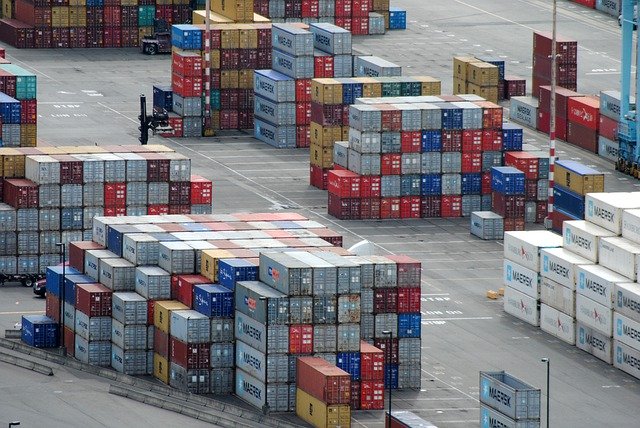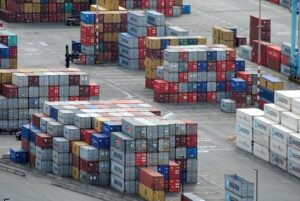

The Philippines’ total merchandise trade continues to decline, contracting 18.6% in July 2020 year-on-year as both imports and exports recorded declines, according to the Philippine Statistics Authority (PSA).
Trade in July amounted to US$13.13 billion, a decrease from $16.145 billion in the same month in 2019. The contraction is the sixth consecutive month of decline but was slightly slower than the previous month’s 18.7% drop, and an improvement from May’s 35.3% and April’s 59.5% decreases.
Economic activity slowly resumed last June when community quarantines to prevent the spread of COVID-19 were eased.
Of the total goods traded, 57% were imported and 43% were exported.
The balance of trade in goods in July 2020 recorded a deficit of $1.83 billion, a 49.8% decline from the $3.641 billion deficit in the same period last year. The annual drop in trade deficit in July 2020 was faster than the year-on-year declines in June 2020 of 47.8% and in July 2019 of 9.3%.
Exports dip 9.6%
Exports continued to shrink but at a slower rate of 9.6% to reach $5.65 billion from $6.252 billion in July 2019. This was also slower than the 12.5% drop in June 2020.
Export earnings in July marked the fifth month in a row in which the value of export contracted, but the annual drop continued to weaken as exports posted the third consecutive month of slower decline during the period.
Of the top 10 major commodity groups in terms of exported value, eight had annual declines, led by gold (-41.6%); ignition wiring set and other wiring sets used in vehicles, aircrafts and ships (-35.9%); and machinery and transport equipment (-30.9%).
Imports down 24.4%
Imports remained on a downtrend, dropping 24.4% to $7.48 billion in July from $9.893 billion in the same month last year.
This is the 15th straight month that imports contracted, marking a faster decline from 23.1% in June 2020 and 0.9% in July 2019.
The drop was due to year-on-year decreases in all top 10 major import commodities, led by transport equipment (-69.2%); cereals and cereal preparations (-37.8%); and mineral fuels, lubricants and related materials (-36.2%).
By commodity group, electronic products continued to be the country’s top export with $3.35 billion or 59.3% of the total. It also contributed the highest in terms of imports, valued at $2.38 billion or 31.8% of the total.
By major type of goods, manufactured goods had the highest share to total exports with $4.74 billion or 83.8% of the total, while raw materials and intermediate goods accounted for the largest share with $3.07 billion or 41% to the total import bill.
PSA noted that the importation of personal protective equipment and medical supplies in July soared to $36.94 million, an annual increment of 110.5% or twice the import value for the items in the same month of the previous year. Last June, the annual import value for these medical items was higher at 161.3%.
By trading partner, the US accounted for the highest value of exports, followed by China, Japan, Hong Kong, and Singapore.
China remained the Philippines’ biggest supplier of imported goods, while its other major import trading partners were Japan, South Korea, US and Singapore.




